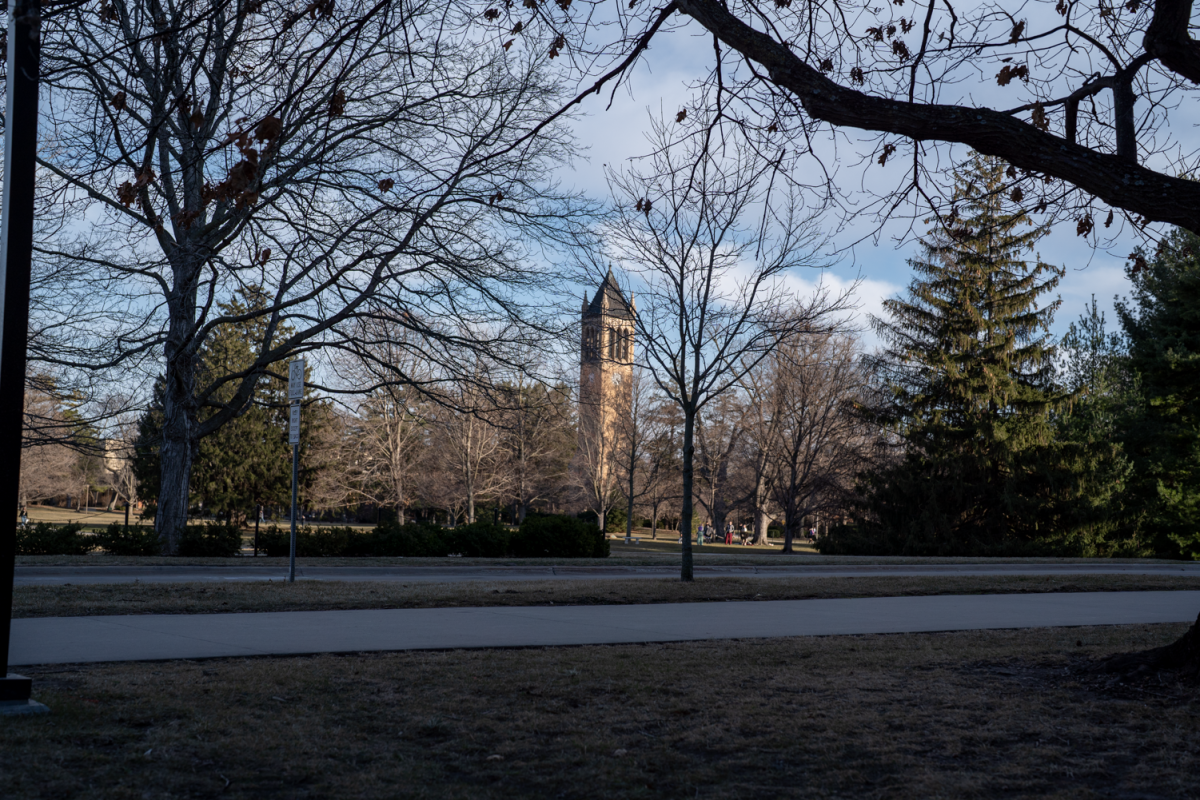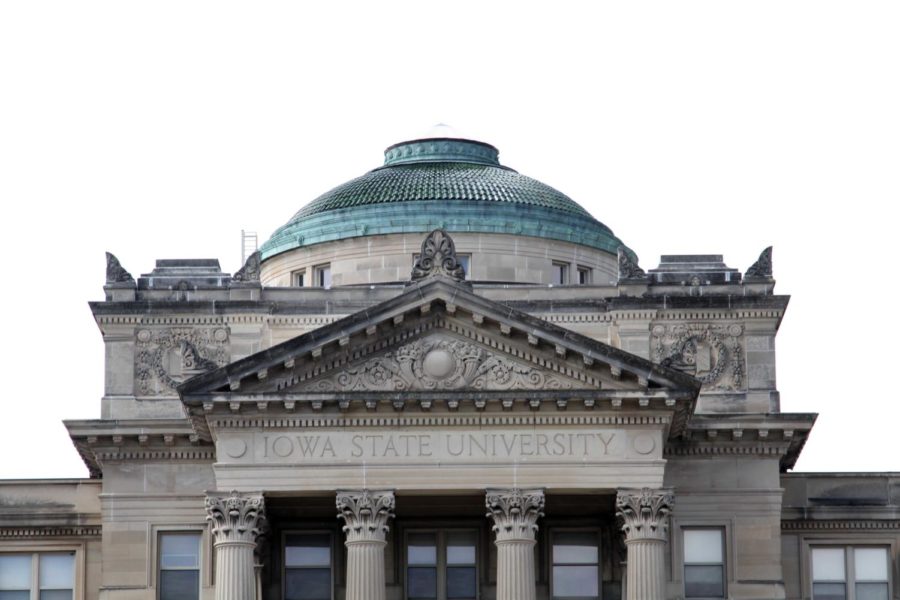Support the NEA, it’s a good thing
March 6, 2000
In his fiscal year 2001 budget proposal, President Clinton earmarked $150 million for the National Endowment for the Arts. It includes a $50 million “Challenge America” initiative to connect arts organizations more closely with families and communities, especially in underserved areas. In addition, he has proposed a $10 million arts education collaboration between the NEA and the Department of Education.
This is a significant increase in funding for the NEA, which saw its funding slashed from $162.3 million in FY95 to $99.5 million in FY96. Its funding has shrunk to $97.6 million in FY00, despite the economic prosperity we have enjoyed during this time.
Funding for the NEA and the Corporation for Public Broadcasting, which funds public television and radio, is constantly under attack by Republicans, who enjoy using the occasional controversial work of art as motivation to do away with all public funding for the arts.
Of all the asinine things Republicans do, opposing funding for the arts and public broadcasting pisses me off the most and is an even more despicable attempt to control the minds of Americans than associating themselves with the Christian right and pushing “family values.”
A common characteristic of people who oppose funding of the arts is that they presume to know exactly what art is. That’s a question I’ve been trying to figure out for years without making much progress.
Each time I go home to the Twin Cities, I make a visit to the Walker Art Gallery, a modern art museum on Vineland Place in Minneapolis, to try to come up with some sort of rule.
When I was there a few years ago, I saw numerous pieces by an artist who used elephant dung because, according to the exhibit tag, the artist really liked the color, texture and other attributes of it. I thought it was weird, but it was not the weirdest thing I saw that day.
Of course, last year, the artist, Chris Ofili, and the Brooklyn Museum of Art fell under fire for displaying a portrait of the Virgin Mary with elephant dung and 24 pictures of butts from porno mag. Of course the whole thing was blown out of proportion with Republicans throwing a gigantic fit about public funding for the arts.
They went so far as to attach a non-binding resolution to a Senate spending bill covering the Labor, Health and Human Services departments saying the museum should be denied federal funding unless it removed the portrait.
Of course, there are a couple of important facts that Republicans like to ignore when criticizing the NEA. For one, there’s already a 1990 federal law on the books requiring the NEA to consider “general standards of decency and respect for the diverse beliefs of the American public” before handing out grant money. This law was contested as infringing on freedom of speech. In NEA vs. Finley (97-371), the Supreme Court upheld the law 8-1.
Funding for the NEA this year will personally cost you slightly less than 36 cents. Forty percent of funding from Congress goes directly to state and regional arts agencies. In 1996 the NEA was restructured and with few exceptions it no longer gives grants to individual artists. The NEA provides $37 million in annual support to 74,000 K-12 arts education programs in 2,600 communities.
The successes of the NEA are also never mentioned. Thirty-five of the 46 recipients of National Book Awards, National Book Critics Circle Awards and Pulitzer Prizes in fiction and poetry since 1990 have received NEA grants. So has the 51-time Emmy award winning PBS series “Great Performances” for most of its 26 years on television. The most visited tourist attraction in Washington D.C., the Vietnam Veterans Memorial, also received NEA grants as did jazz greats Dizzy Gillespie, Count Basie and Miles Davis.
Most importantly, NEA grants must be funded with non-federal dollars by a ratio of at least 1 to 1, so no one is funded entirely or even more than half-funded by the federal government. NEA grants are important because they give artists credibility that gives them access to more than a billion dollars in matching funds each year.
The nonprofit art industry, led by NEA dollars that facilitate outside support, contributes $37 billion into the economy each year and generates $5 billion in revenue for federal, state and local governments. It also provides more than 1.3 million full-time jobs and works with communities building arts centers to revitalize neighborhoods and generate new businesses.
Each NEA dollar goes a long way for economic purposes as it promotes donations from the private sector. But more importantly it facilitates new movements in art, music and dance which are likely to be commercially viable at this time.
If you ask me what the current movements in these fields are, I honestly don’t know and doubt that you do either. There will naturally be some hits and misses, but I would hate to think that I killed the next great art movement because I couldn’t spare 36 cents a year.
Governments have long since funded the arts. Since no good opinion column is complete without a reference to the Nazis, I’ll have to point out that they wasted no time in shutting down progressive art and design schools.
From time to time, someone who receives a fraction of their funding from the federal government will create something “obscene,” but it is nearly impossible for any government agency to keep track of every project. When the NEA gives a grant to a nut, people end up offended, but when the federal government grants a gun-dealing permit to a nut, people end up dead.
Erik Hoversten is a senior in math from Eagan, Minn.















